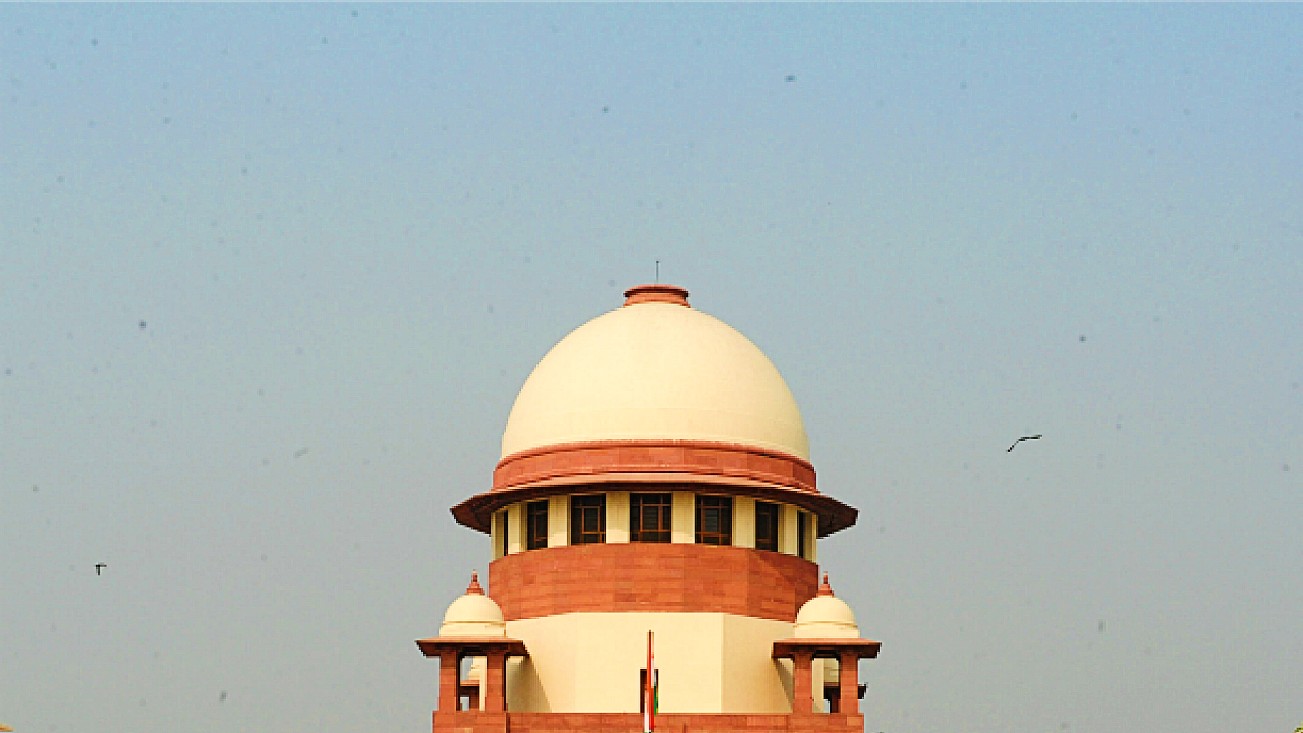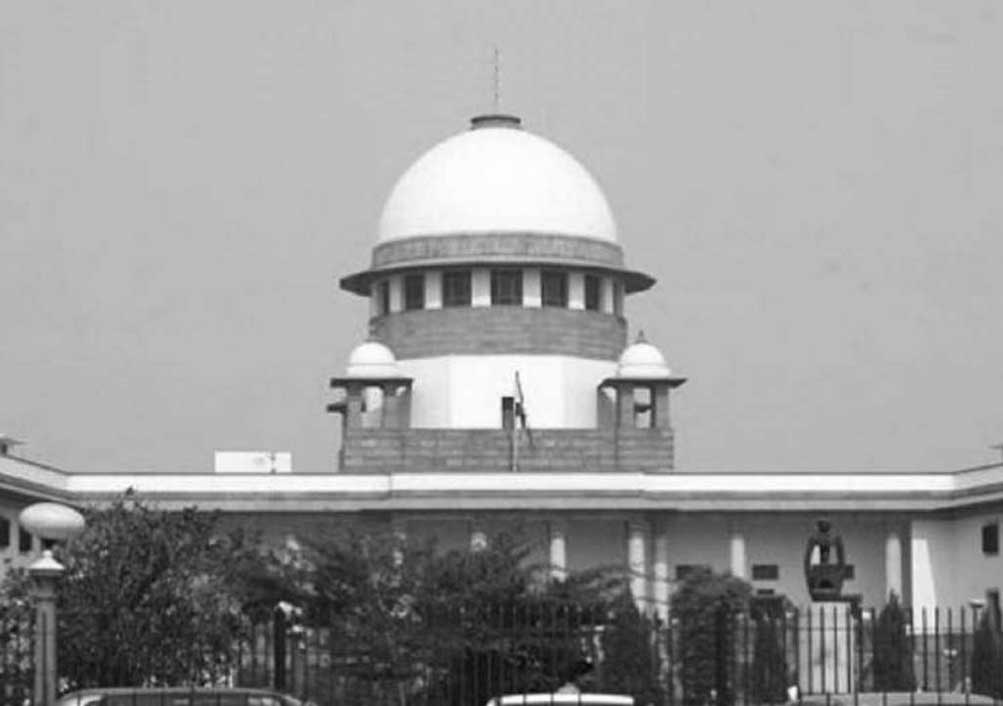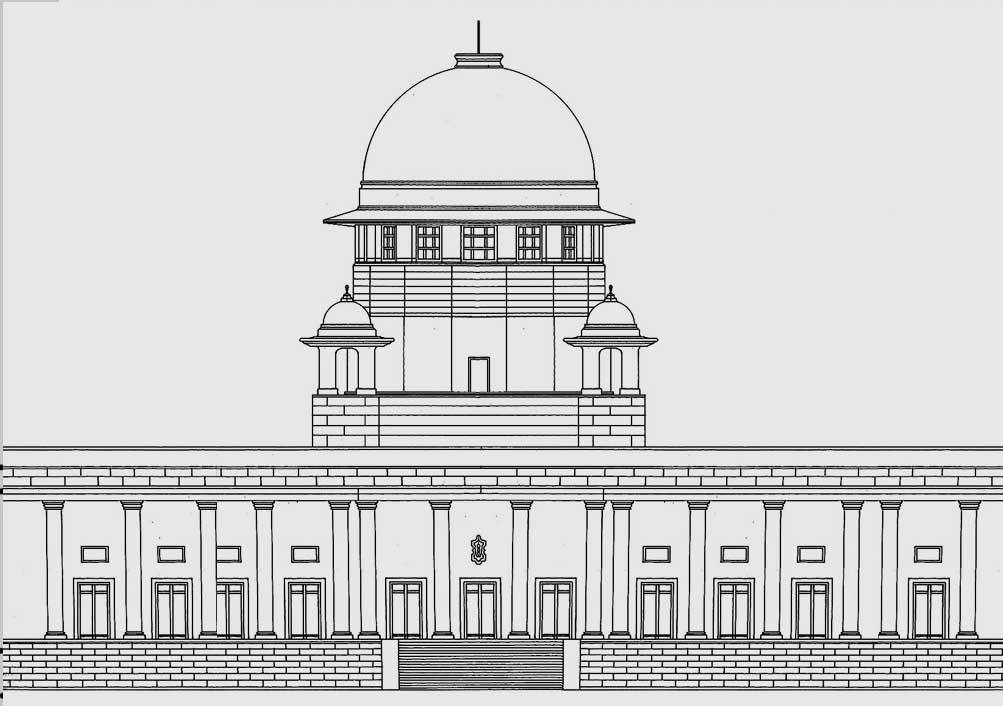Articles 14 & 21 are important sources of the right to clean environment and right against adverse effects of climate change:SCdirects Expert Committee to identify alternatives to balance preservation of Great Indian Bustard with the need for sustainable development
Chief Justice D.Y. Chandrachud, Justices J.B. Pardiwala& Manoj Misra [21-03-2024]

Read Order:M K Ranjitsinh&Ors v. Union of India &Ors [SC- Writ Petition (Civil) No. 838 of 2019]
LE Correspondent
New Delhi, April 10, 2024: The Supreme Court has recently directed the formation of an Expert Committee in order to identify alternatives which would balance the conservation of the Great Indian Bustard with the arrangement of power lines in a manner that would facilitate the fulfilment of the international commitments made by India for developing renewable sources of energy.The Top Court also opined that Articles 14 & 21 of the Constitution are important sources of the right to a clean environment and the right against the adverse effects of climate change.
The 3-Judge Bench of Chief Justice D.Y. Chandrachud, Justice J.B. Pardiwala and Justice Manoj Misra was considering a petition filed for protecting the Great Indian Bustard (GIB) and the Lesser Florican, both of whom are on the verge of extinction.
The GIB is native to southern and western India. It typically occupies grasslands or arid regions. The State of Rajasthan is home to a majority of the current population. With time, the country has seen a rapid and steady decline in the population of the GIB. As of 2018, the International Union for Conservation of Nature, or IUCN as it is popularly known, classified the GIB as a ‘critically endangered’ species. In IUCN’s system of classification, only two categories indicate a graver threat to a particular species – ‘extinct in the wild’ and ‘extinct’. The GIB has been classified as a critically endangered species from 2011 until the most recent assessment in 2018.
In the context of the dwindling population of GIBs and the existential threat looming over them, a writ petition invoking the constitutional jurisdiction under Article 32 was instituted for seeking directions relating to the conservation of the species.In the order of this Court dated April 19, 2021, restrictions were imposed on the setting up of overhead transmission lines in a large swath of territory of about 99,000 square kilometres.
A committee was also appointed for assessing the feasibility of laying high voltage underground power lines. The Court had directed that in all cases where overhead power lines exist as on date in the priority and potential GIB areas, steps shall be taken to install bird diverters pending consideration of the conversion of overhead power lines into underground power lines. Moreover, the court directed that in all cases, where it is found feasible to convert the overhead lines to underground power lines, this shall be undertaken and completed within a year.
The order of this Court had been implemented by the Committee by granting case- specific sanctions to projects where undergrounding was found not to be possible. Respondent Nos. 1, 3, and 4 (the Ministry of Environment, Forests, and Climate Change, the Ministry of Power, and the Ministry of New and Renewable Energy respectively) filed applications for modification of the directions.
The Union of India filed an additional affidavit and an updated, comprehensive status report stating that the direction by this Court for laying high voltage, or as the case may be, low voltage lines underground was practically impossible to implement. The measures taken for protection were also presented.
Highlighting the manifold efforts of the Nation to combat climate change, the Bench observed that the people have a right against the adverse effects of climate change. As the havoc caused by climate change increases year by year, it becomes necessary to articulate this as a distinct right. It is recognised by Articles 14 and 21.
Stating that the GIB is seriously endangered as a species, the Bench noted that in the course of the hearing, it emerged that there was no basis to impose a general prohibition in regard to the installation of transmission lines for the distribution of solar power in an area about 99,000 square kilometres. There were several reasons due to which it was not feasible to convert all transmission lines into underground power transmission lines.
The Bench was of the view that the order passed by this Court on April 19, 2021 needed to be suitably modified. A blanket direction for undergrounding high voltage and low voltage power lines of the nature that was directed by this Court would need recalibration, it added.
Directing the constitution of an Expert Committee, the Bench opined that the committee would carry the following tasks:
- Determining the scope, feasibility and extent of overhead and underground electric lines in the area identified as priority areas in the reports of the Wild Life Institute of India in the States of Rajasthan and Gujarat;
- The need for adopting conservation and protection measures for the GIB as well as other fauna specific to the topography;
- Identification of the measures to be adopted in the priority areas to ensure the long- term survival of the GIB and facilitating an increase in its population. Such measures may include habitat restoration, anti-poaching initiatives, and community engagement programs;
- Evaluating the potential consequences of climate change on GIB habitats, considering factors such as shifting precipitation patterns, temperature extremes, habitat degradation and developing adaptive management strategies to enhance their resilience;
- Identification of suitable options in the context of sustainable development in the matter of laying power lines in the future. The alternatives identified should balance the conservation and protection of the GIB with the arrangement of power lines in a manner that would facilitate the fulfilment of the international commitments made by India for developing renewable sources of energy.
- Engaging with relevant stakeholders, including government agencies, environmental organizations, wildlife biologists, local communities, and energy industry representatives, to solicit inputs, build consensus, and promote collaborative efforts towards achieving conservation and sustainable development goals;
- Conducting a thorough review of conservation efforts and innovative approaches in similar contexts globally, such as the Houbara Bustard in the Middle East or the Black Stilt in New Zealand, to inform best practices;
- Implementing a robust monitoring and research program to track GIB populations, habitat dynamics, and the effectiveness of conservation measures over time. This may include employing techniques such as satellite tracking, camera trapping, and ecological surveys to gather essential data for informed decision-making; and
- Adopting any additional measures both in regard to the priority and potential areas, as the Committee considers appropriate including considering the efficacy and suitability of installing bird diverters on existing and future power lines on the basis of a scientific study.
The Committee has also been asked to complete its task and submit a report to this Court through the Union Government on or before July 31, 2024.
The Bench concluded the matter by further asking the Union of India and the concerned ministries to implement the measures which have been already undertaken. It was also held that the project clearances which have been granted pursuant to the recommendations of the earlier committee appointed in terms of the order April 19, 2021 shall not be affected by the present judgment.
Sign up for our weekly newsletter to stay up to date on our product, events featured blog, special offer and all of the exciting things that take place here at Legitquest.




Add a Comment